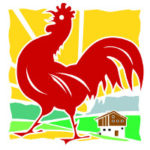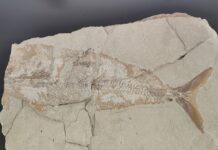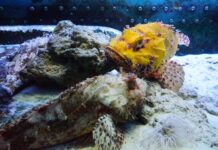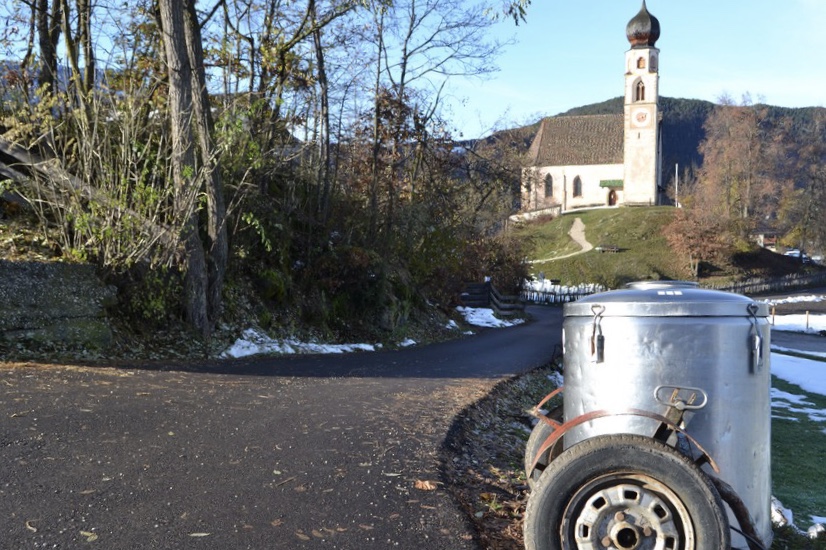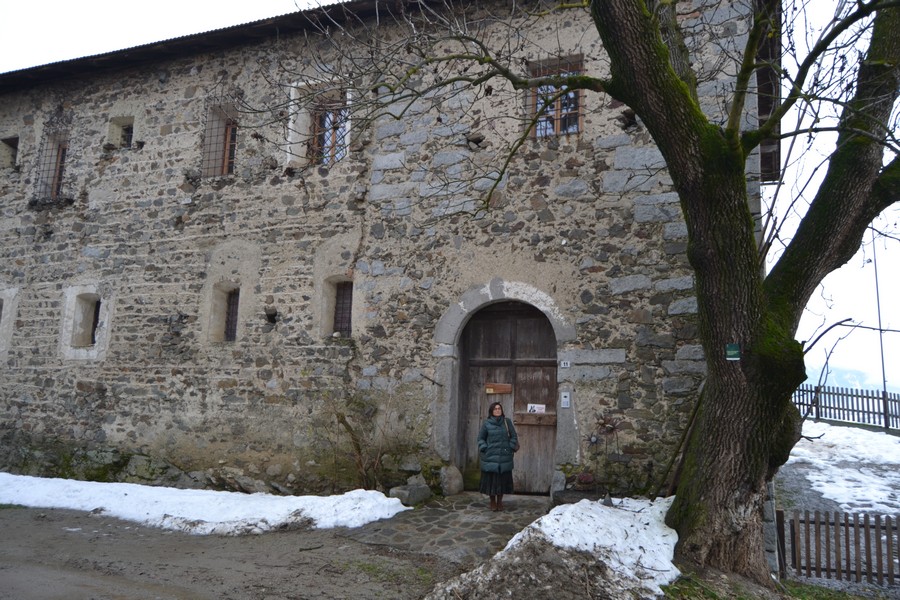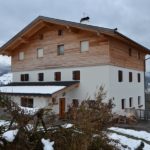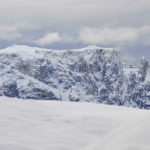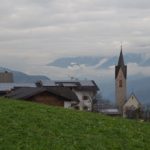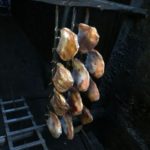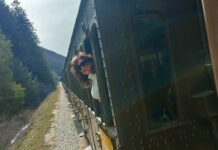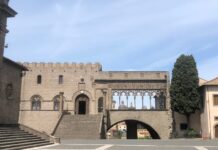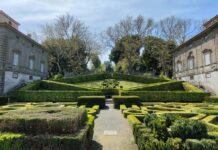After filing the Christmas holidays, we want to tell you about our tour in South Tyrol that we carried out just before the Christkindlmarkti or Christmas markets opened, which are held in almost every location bringing thousands and thousands of people to their stalls with Christmas music in the background and the sweet scent of cinnamon and mulled wine in the air.
In South Tyrol for the Törggelen
In fact, we deliberately chose a different period, that of autumn which is a very beautiful season in South Tyrol thanks to the extraordinary colors of which the landscape is tinged, taking advantage to fully experience the atmosphere of the Törggelen, the ancient custom that draws its origins from the Middle Ages. Little known by Italians, this tradition is deeply felt and expected by locals and German tourists who book structures well in advance, even year by year.
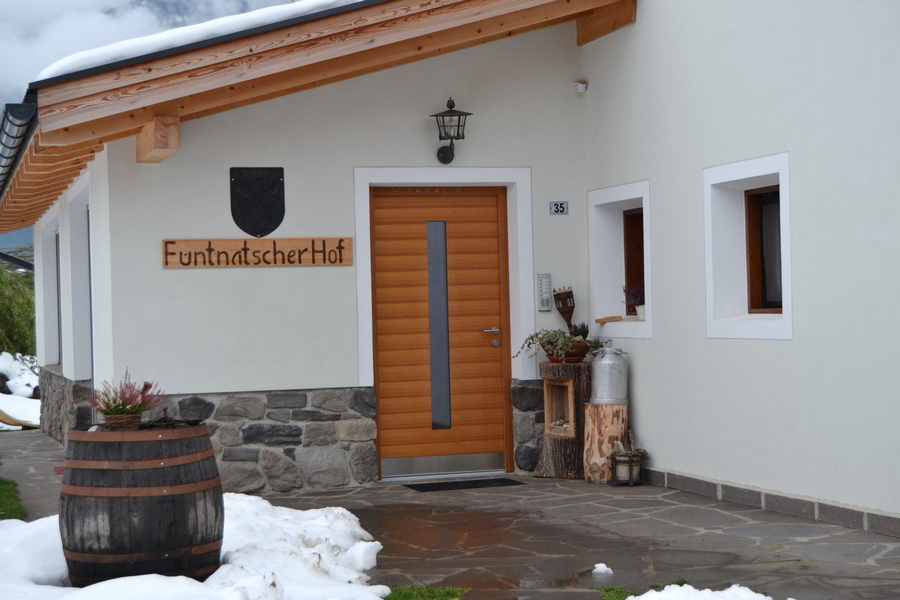
The occasion was provided by Gallo Rosso, a brand that since 1999 has been promoting and fostering the activity of over 1,600 holiday farms in South Tyrol and which belongs to the South Tyrolean Farmers and Direct Farmers Union (Südtiroler Bauernbund), which hosted us together with the our Otto in Fiè allo Sciliar at the Funtnatscherhof, maso of the Paula and Thomas Kompatscher family.
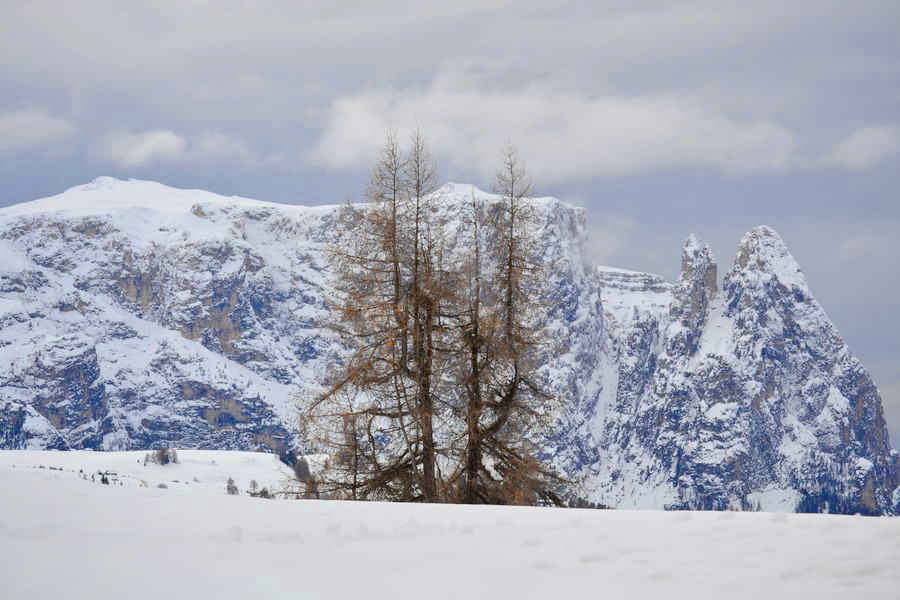

Thus we were able to personally appreciate not only this moment of celebration and joy, but also an area of the region still unknown to us where the main actor is the impressive Sciliar massif which borders the Alpe di Siusi, considered to be the largest alp in Europe. And we were lucky enough to experience it with a truly magical atmosphere thanks to the white coat of so much snow that fell out of season: the first “real” in which Otto was able to dive in and have fun!

But what exactly is Törggelen? We discovered it together with Katrin Gufler who welcomed us as representative of the Gallo Rosso at the Buschenschank Winklerhof in Villandro in Valle Isarco, one of the Gallo Rosso peasant inns that produce their wine, to taste together the traditional South Tyrolean dishes of the period.
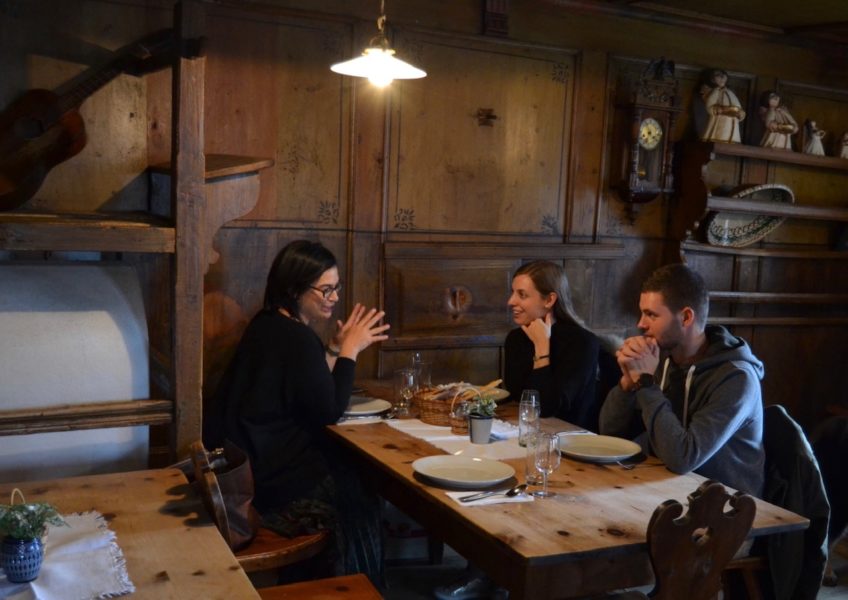

Katrin explained to us that the ancient custom of medieval origins whose name derives from “turculum”, meaning “press” in Latin, originates right in the Villandro area from the right conferred by the feudal lords on the farmers to press the grapes and to bottle and sell a part of the wine produced. Once the new wine was ready, the farmers hung branches of vines, called “Buschen”, at the door of the farm to invite passers-by to come in and taste the new wine.

Since then, the Törggelen has become the occasion to eat well and drink good wine, sharing this pleasure with loved ones.
Its season is inaugurated at the Buschenschänke of the “Gallo Rosso” brand on the first Saturday of October by lighting the chestnut bonfire, the Keschtnfeuer, and ends at the end of November.


And the menu includes “fixed” dishes everywhere and you can’t miss the dumplings with cheese, spinach and speck, barley soup, salted pork, pork ribs, various local sausages, sauerkraut prepared according to ancient recipes, potato pancakes, all accompanied by new wine called “Sußer”, the must, and “Nuier”, the new wine. At the end of the meal, a plate of krapfen, the classic pancakes stuffed with jam, and steaming chestnuts, another typical product of the period.

Satiated, in the afternoon we dedicated ourselves to the visit of the Ansitz Schloss Gravetsch, a historic farm in the Villandro area where the owner Martin Pupp, whose family belongs to since the beginning of the last century, when Georg Pupp returning from America bought it which was reduced to a ruined, guided us.
Its birth as a manor dates back to 1150 and until 1900 various noble families of the area resided there. In 1956 the castle was partially destroyed by fire and later rebuilt and today it has maintained the high walls and its severe appearance on the outside.
 Once you have crossed the large door, the internal courtyard opens onto which the barn overlooks, as well as the old kitchen where speck is still hung to be smoked and seasoned.
Once you have crossed the large door, the internal courtyard opens onto which the barn overlooks, as well as the old kitchen where speck is still hung to be smoked and seasoned.
And precisely called “bachen”, that is tied and hung, it was originally called in documents dating back to 1289, while the current name speck has been used since 1700, making it derive from German as a translation of lard or from the Latin spectiatus.

Entering here we understand how important it is to produce this ham in an optimal way, following the ancient rule: “little salt, little smoke and lots of fresh air”. Among the wooden beams made black by smoke, the speck undergoes a process of delicate smoking with mountain pine wood.

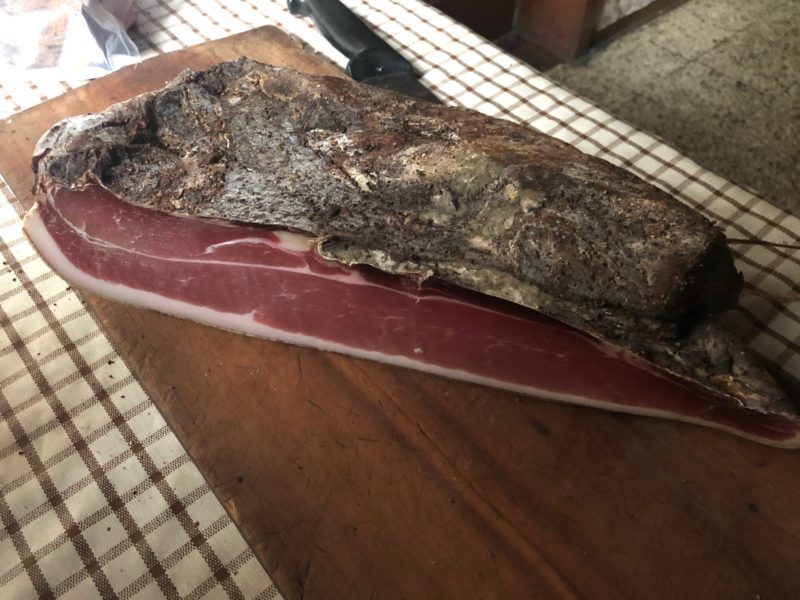
When we ask Martin to take one for us to take away as an exquisite memory of our view in South Tyrol, we notice that he knocks on the chosen piece. Intrigued, we asked him why and he explained that in order to verify the correct seasoning, one must listen to the sound when it is beaten: if the drying is completed correctly, you will notice a discrete hardness in the meat related to a very pleasant taste with a unique flavor.

The visit to the historic farm includes two chapels: the one in Baroque style dedicated to San Ulrico and in which are also depicted Santo Stefano and San Laurenzio, patrons of Villandro. Next to this Catholic church there is a small Lutheran chapel almost completely destroyed by the fire of ’56 and under which it is located with a small cemetery.

The large cellar is also underground, where the building layers of the castle are clearly visible, from the largest ancient stone blocks placed on the living rock to the more recent ones. Beyond an old door there is the old bedroom and the old peasant’s stube, with old photos and writings on the walls that tell the story of the farm.



The modern and comfortable guest apartments are located on the upper floor and from the large windows you can enjoy the splendid view of the legendary Dolomites.
The lot of snow, unexpected in November, makes everything very fairytale but the low temperatures, in the evening without the warmth of the sun’s rays, push you to hide in warm environments and we do it willingly returning to our comfortable apartment at the Funtnatscherhof, which wraps us pleasantly in its light and bright wooden shell.
Funtnatscherhof
Fam. Paula and Thomas Kompatscher
Obervöls, Via Sciliar 35 – Fiè allo Sciliar
Info: +39 0471 725118 – 333 3469644
www.funtnatscherhof.it – info@funtnatscherhof.it
Winklerhof
Fam. Fink
Sauders 25 – Villandro
Info: +39 0472 843105
www.winklerhof.eu – info@winklerhof.eu
Ansitz Schloss Gravetsch
Fam. Martin Pupp
Gravetsch 11 – Villandro
Info: +39 349 5137704
www.schloss-gravetsch.com – info@schloss-gravetsch.com
In collaboration with Gallo Rosso Agriturismo in South Tyrol
